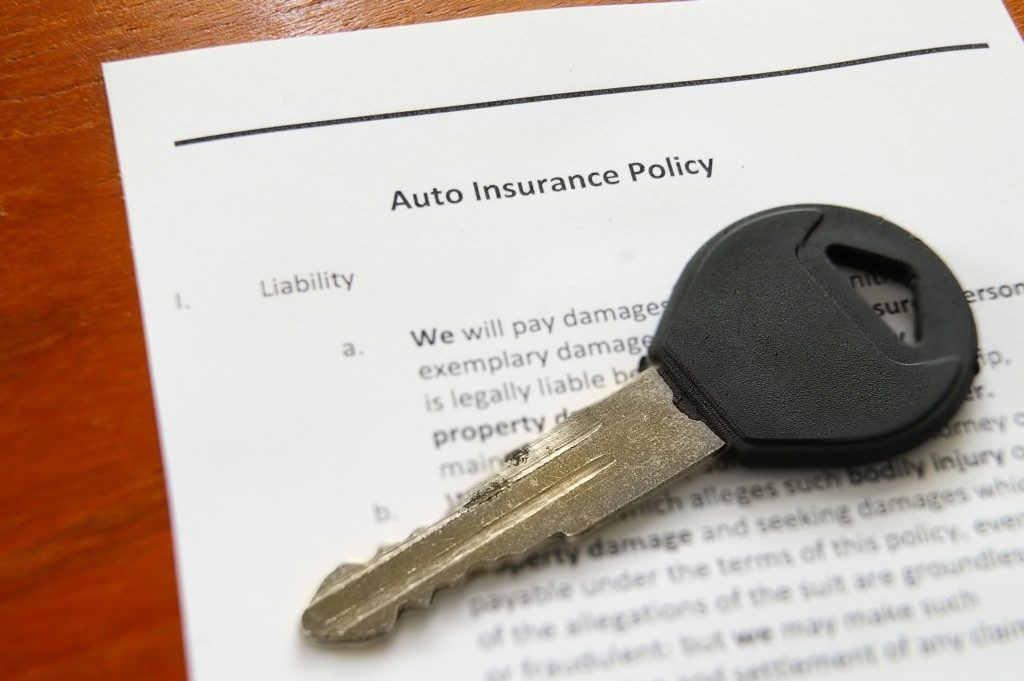Long before the COVID-19 pandemic, mental health problems and behavioral disorders were already prevalent in the United States. People with mental health disorders experience changes in mood, thinking, and behavior. These compromise their function and can, at times, be dangerous to themselves and others.
In every year before the pandemic, 18.1 percent or 43.6 million adult Americans had a mental illness. Almost 10 million or 4.2 percent were suffering from a mental disorder with seriously debilitating effects. These disorders comprise the top cause of disability in the country.
COVID-19 and Mental Health
The severe and continuous stress brought on by the pandemic has further worsened the mental health problems of the population. In December 2020, a U.S. Census Bureau survey showed that 42 percent of the population stated depression or anxiety. This is almost four times the 11 percent said so in 2019.
In March 2021, Medical News Today stated that in their survey, people reported feeling empty, indifferent, and emotionally exhausted. Compared to the early part of the pandemic, they were experiencing more depression, higher levels of anxiety, with some on the verge of panic, more significant lack of energy, and more difficulty concentrating. They either found it more difficult to sleep or had poorer sleep quality, waking up unrefreshed.
Many were overwhelmed by the drastic life changes in the pandemic. They felt helpless against these and feared for their health and those of their loved ones. Those who were living away from family members felt isolated and lonely. Those who lost family members or friends to COVID-19 experienced not only grief but also trauma. Even if a family member or friend survived the infection, the episode is still traumatic.
Financial problems are also major causes of mental health issues. People lost jobs or had reduced incomes. Many are unable or barely able to keep up with their rent or monthly amortization and other bills. On the other hand, those who still have jobs but work from home face different difficulties. They tend to work longer hours and experience burnout. Those who have children at home find it difficult to juggle work with childcare.

Collaborative Community Care
Because of the lack of professional services for mental health problems, many people with mental illness and behavioral issues do not receive help. Adrift in society, they often experience a mental health crisis that results in encounters with law enforcement agents, causing injuries or death to both parties.
For this to be addressed, the crisis intervention team (CIT) model was first created in Memphis late in the 1990s. The task force for emergency response included police officers, mental health professionals, and mental health advocates. Presently, many law enforcement agencies throughout the U.S. have CITs.
According to the National Alliance on Mental Illness (NAMI), CIT programs in more than 2,700 communities across the country connect people with mental illness and their families with mental health providers, law enforcement, and hospital emergency services. These partnerships provide training to understand mental health issues and management and to ensure the safety of everyone involved.
Communication and data can be shared between the organizations through a user-friendly cloud-based CIT platform with a high cybersecurity level that complies with government regulations. Team co-responders can access or input data through a mobile phone or tablet wherever they are.
Through the CIT, people with mental illness who experience a crisis are not arrested and thrown in jail but are instead enrolled in community-based treatment programs. Not only is this the right thing to do, but it also results in savings. In Detroit, for instance, a year in jail for an individual costs $31,000 in taxpayers’ money. In contrast, a year of mental health treatment only costs $10,000.
There are similar programs in various areas under different names. For instance, there is Crisis Assistance Helping Out in the Streets (CAHOOTS) in Oregon, the Street Crisis Response Team in San Francisco, and the Mental Health Support Team in Tucson.
During the pandemic, the U.S. government adjusted federal regulations surrounding telehealth, enabling teleconsultation for mental health. Hence, calls to a federal hotline supporting those in emotional distress increased by 1,000 percent from April 2019 to April 2020. The non-profit Mental Health America saw a 60 to 70 percent increase in usage of its website’s self-screening questionnaires in 2020 compared to 2019.
Private mental health services also saw a significant increase in teleconsultations. From the middle of February to the end of April 2020 alone, Talkspace experienced a 65 percent increase in online therapy clients. By December 2020, 90 percent of the psychiatric care provided by Kaiser Permanente was virtual. This is the largest organization for managed care in the country, having 12 million members.
Effective July 2022, a new 988 hotline exclusively for mental health-related emergencies will operate across the country. This shortens the response time compared to 911 calls that go to the police and are routed to mental health crisis centers.
Improvements are ongoing, and people with mental health disorders and their loved ones must not lose hope. If communities and society work together, treatment and management can be made possible for everyone afflicted.



